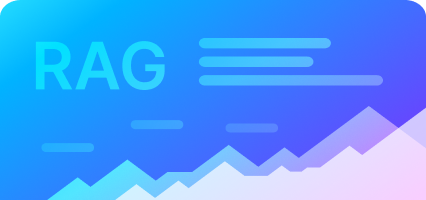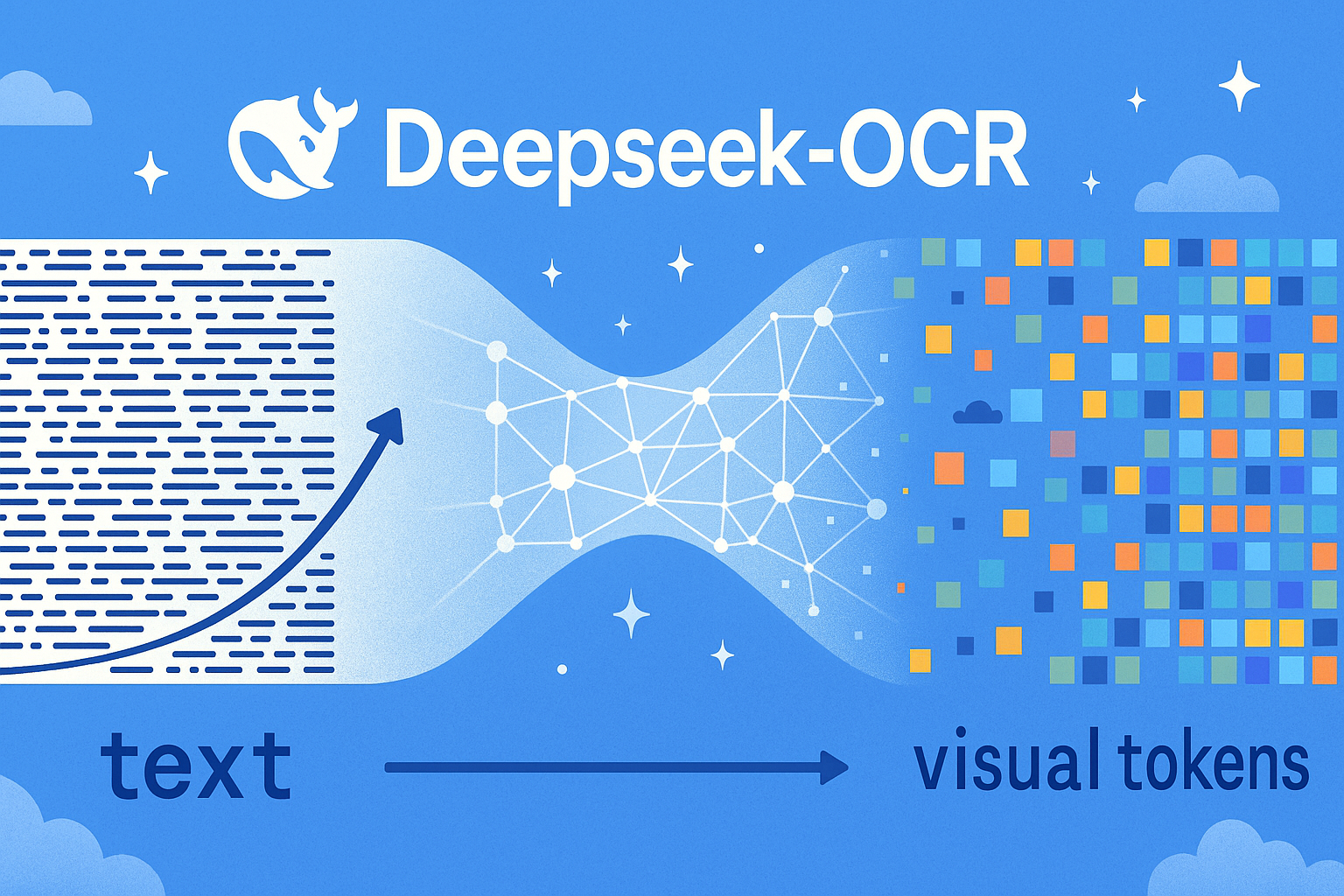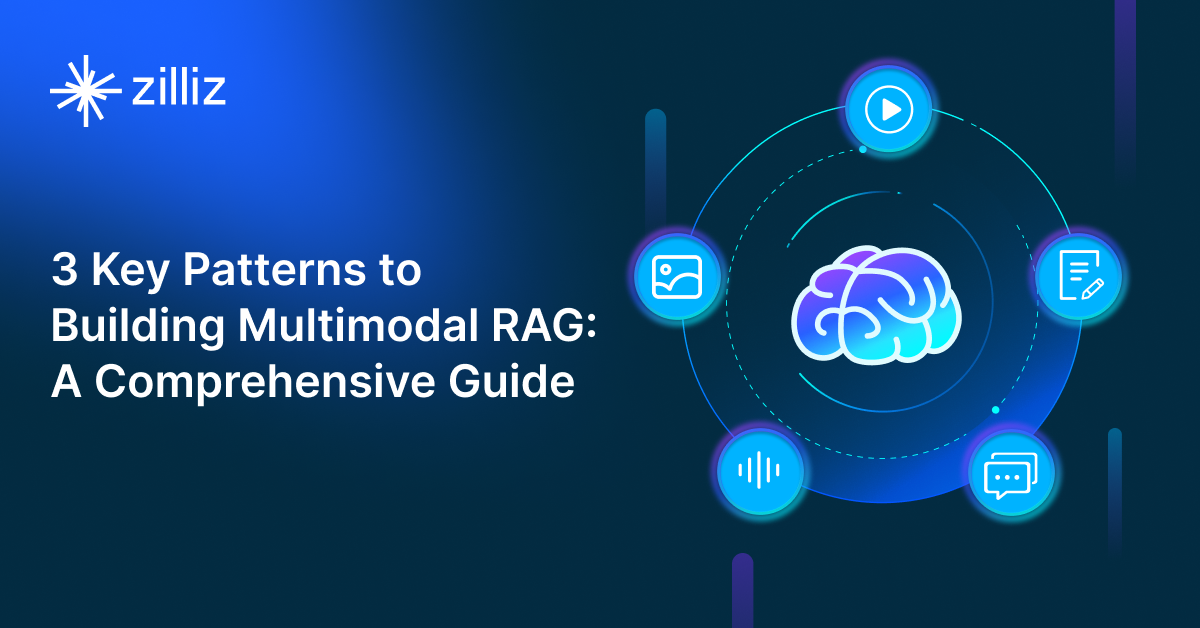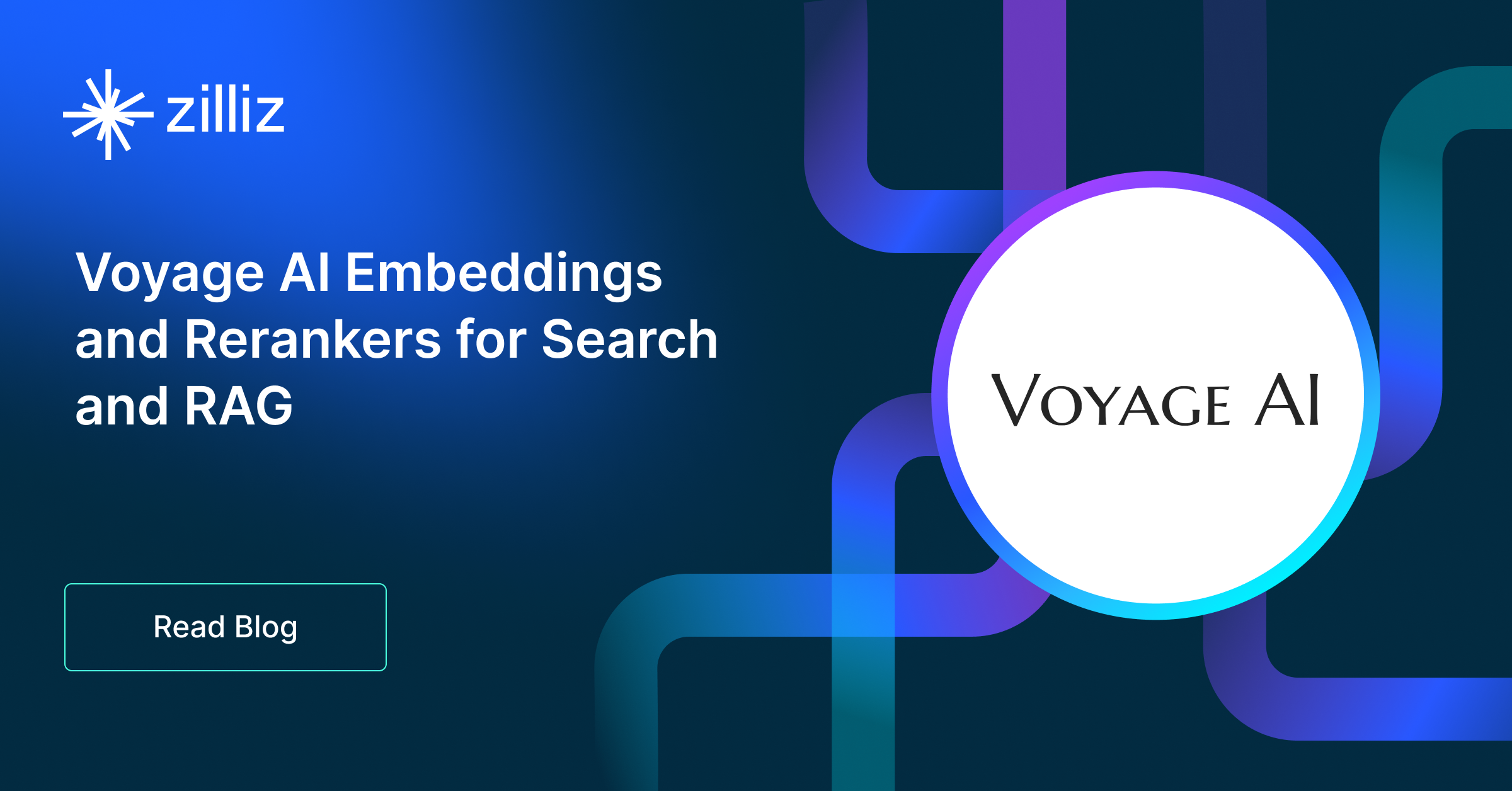Build RAG Chatbot with LangChain, pgvector, OpenAI GPT-4, and voyage-3-large
Introduction to RAG
Retrieval-Augmented Generation (RAG) is a game-changer for GenAI applications, especially in conversational AI. It combines the power of pre-trained large language models (LLMs) like OpenAI’s GPT with external knowledge sources stored in vector databases such as Milvus and Zilliz Cloud, allowing for more accurate, contextually relevant, and up-to-date response generation. A RAG pipeline usually consists of four basic components: a vector database, an embedding model, an LLM, and a framework.
Key Components We'll Use for This RAG Chatbot
This tutorial shows you how to build a simple RAG chatbot in Python using the following components:
- LangChain: An open-source framework that helps you orchestrate the interaction between LLMs, vector stores, embedding models, etc, making it easier to integrate a RAG pipeline.
- Pgvector: an open-source extension for PostgreSQL that enables efficient storage and querying of high-dimensional vector data, essential for machine learning and AI applications. Designed to handle embeddings, it supports fast approximate nearest neighbor (ANN) searches using algorithms like HNSW and IVFFlat. Since it is just a vector search add-on to traditional search rather than a purpose-built vector database, it lacks scalability and availability and many other advanced features required by enterprise-level applications. Therefore, if you prefer a much more scalable solution or hate to manage your own infrastructure, we recommend using Zilliz Cloud, which is a fully managed vector database service built on the open-source Milvus and offers a free tier supporting up to 1 million vectors.)
- OpenAI GPT-4: GPT-4 is OpenAI's advanced language model, designed for comprehensive understanding and context-aware text generation. It excels in creative writing, complex problem-solving, and nuanced conversation, making it suitable for applications in content creation, tutoring, and interactive AI. Its robust capabilities enable it to handle a wide range of topics with depth and coherence.
- Voyage-3-Large: This model is designed for generative tasks, offering enhanced creativity and contextual understanding. With robust training on diverse datasets, it excels in producing coherent narratives and dialogue, making it ideal for applications in storytelling, content creation, and interactive experiences where imaginative output is essential.
By the end of this tutorial, you’ll have a functional chatbot capable of answering questions based on a custom knowledge base.
Note: Since we may use proprietary models in our tutorials, make sure you have the required API key beforehand.
Step 1: Install and Set Up LangChain
%pip install --quiet --upgrade langchain-text-splitters langchain-community langgraph
Step 2: Install and Set Up OpenAI GPT-4
pip install -qU "langchain[openai]"
import getpass
import os
if not os.environ.get("OPENAI_API_KEY"):
os.environ["OPENAI_API_KEY"] = getpass.getpass("Enter API key for OpenAI: ")
from langchain.chat_models import init_chat_model
llm = init_chat_model("gpt-4", model_provider="openai")
Step 3: Install and Set Up voyage-3-large
pip install -qU langchain-voyageai
import getpass
import os
if not os.environ.get("VOYAGE_API_KEY"):
os.environ["VOYAGE_API_KEY"] = getpass.getpass("Enter API key for Voyage AI: ")
from langchain-voyageai import VoyageAIEmbeddings
embeddings = VoyageAIEmbeddings(model="voyage-3-large")
Step 4: Install and Set Up pgvector
pip install -qU langchain-postgres
from langchain_postgres import PGVector
vector_store = PGVector(
embeddings=embeddings,
collection_name="my_docs",
connection="postgresql+psycopg://...",
)
Step 5: Build a RAG Chatbot
Now that you’ve set up all components, let’s start to build a simple chatbot. We’ll use the Milvus introduction doc as a private knowledge base. You can replace it with your own dataset to customize your RAG chatbot.
import bs4
from langchain import hub
from langchain_community.document_loaders import WebBaseLoader
from langchain_core.documents import Document
from langchain_text_splitters import RecursiveCharacterTextSplitter
from langgraph.graph import START, StateGraph
from typing_extensions import List, TypedDict
# Load and chunk contents of the blog
loader = WebBaseLoader(
web_paths=("https://milvus.io/docs/overview.md",),
bs_kwargs=dict(
parse_only=bs4.SoupStrainer(
class_=("doc-style doc-post-content")
)
),
)
docs = loader.load()
text_splitter = RecursiveCharacterTextSplitter(chunk_size=1000, chunk_overlap=200)
all_splits = text_splitter.split_documents(docs)
# Index chunks
_ = vector_store.add_documents(documents=all_splits)
# Define prompt for question-answering
prompt = hub.pull("rlm/rag-prompt")
# Define state for application
class State(TypedDict):
question: str
context: List[Document]
answer: str
# Define application steps
def retrieve(state: State):
retrieved_docs = vector_store.similarity_search(state["question"])
return {"context": retrieved_docs}
def generate(state: State):
docs_content = "\n\n".join(doc.page_content for doc in state["context"])
messages = prompt.invoke({"question": state["question"], "context": docs_content})
response = llm.invoke(messages)
return {"answer": response.content}
# Compile application and test
graph_builder = StateGraph(State).add_sequence([retrieve, generate])
graph_builder.add_edge(START, "retrieve")
graph = graph_builder.compile()
Test the Chatbot
Yeah! You've built your own chatbot. Let's ask the chatbot a question.
response = graph.invoke({"question": "What data types does Milvus support?"})
print(response["answer"])
Example Output
Milvus supports various data types including sparse vectors, binary vectors, JSON, and arrays. Additionally, it handles common numerical and character types, making it versatile for different data modeling needs. This allows users to manage unstructured or multi-modal data efficiently.
Optimization Tips
As you build your RAG system, optimization is key to ensuring peak performance and efficiency. While setting up the components is an essential first step, fine-tuning each one will help you create a solution that works even better and scales seamlessly. In this section, we’ll share some practical tips for optimizing all these components, giving you the edge to build smarter, faster, and more responsive RAG applications.
LangChain optimization tips
To optimize LangChain, focus on minimizing redundant operations in your workflow by structuring your chains and agents efficiently. Use caching to avoid repeated computations, speeding up your system, and experiment with modular design to ensure that components like models or databases can be easily swapped out. This will provide both flexibility and efficiency, allowing you to quickly scale your system without unnecessary delays or complications.
pgvector optimization tips
To optimize pgvector in a Retrieval-Augmented Generation (RAG) setup, consider indexing your vectors using GiST or IVFFlat to significantly speed up search queries and improve retrieval performance. Make sure to leverage parallelization for query execution, allowing multiple queries to be processed simultaneously, especially for large datasets. Optimize memory usage by tuning the vector storage size and using compressed embeddings where possible. To further enhance query speed, implement pre-filtering techniques to narrow down search space before querying. Regularly rebuild indexes to ensure they are up to date with any new data. Fine-tune vectorization models to reduce dimensionality without sacrificing accuracy, thus improving both storage efficiency and retrieval times. Finally, manage resource allocation carefully, utilizing horizontal scaling for larger datasets and offloading intensive operations to dedicated processing units to maintain responsiveness during high-traffic periods.
OpenAI GPT-4 optimization tips
GPT-4 is a powerful model for RAG applications, but optimizing retrieval and prompt efficiency is key to reducing costs and improving response quality. Use embedding-based retrieval to ensure highly relevant context is included while avoiding unnecessary token usage. Structure prompts concisely, presenting retrieved documents in a clear, ranked format to guide the model’s focus. Fine-tune temperature (0.1–0.3) for fact-based tasks and adjust top-p and top-k sampling to control response variability. Implement caching for frequently queried information to reduce redundant API calls and improve latency. If using GPT-4 in high-traffic applications, batch requests to minimize overhead and optimize throughput. Leverage OpenAI’s function-calling capabilities to structure responses programmatically and avoid excessive hallucinations. Use response streaming for real-time applications to improve perceived performance while maintaining efficient token usage.
voyage-3-large optimization tips
voyage-3-large provides enhanced reasoning capabilities, making it ideal for complex RAG tasks requiring deep contextual understanding. Optimize retrieval by implementing a multi-step ranking system that prioritizes highly relevant documents while filtering out lower-quality information. Use structured prompts with clearly delineated context and user queries to improve comprehension. Adjust temperature (0.1–0.3) and fine-tune top-k and top-p settings to maintain accuracy and prevent excessive variability. Take advantage of parallelized inference and request batching to improve processing efficiency. Leverage caching for high-frequency queries to reduce costs and latency. In multi-model setups, deploy voyage-3-large for intricate reasoning tasks while using smaller models for less complex queries to balance cost and performance effectively.
By implementing these tips across your components, you'll be able to enhance the performance and functionality of your RAG system, ensuring it’s optimized for both speed and accuracy. Keep testing, iterating, and refining your setup to stay ahead in the ever-evolving world of AI development.
RAG Cost Calculator: A Free Tool to Calculate Your Cost in Seconds
Estimating the cost of a Retrieval-Augmented Generation (RAG) pipeline involves analyzing expenses across vector storage, compute resources, and API usage. Key cost drivers include vector database queries, embedding generation, and LLM inference.
RAG Cost Calculator is a free tool that quickly estimates the cost of building a RAG pipeline, including chunking, embedding, vector storage/search, and LLM generation. It also helps you identify cost-saving opportunities and achieve up to 10x cost reduction on vector databases with the serverless option.
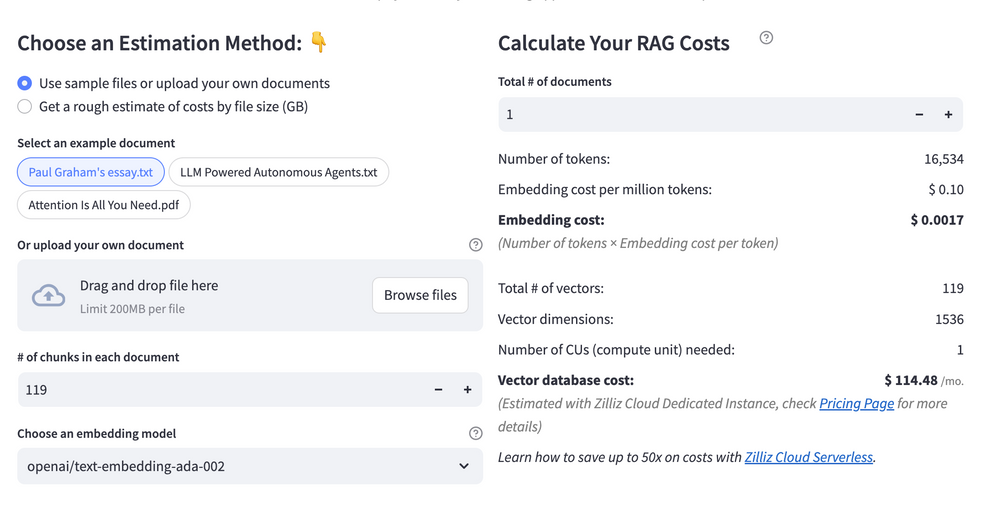 Calculate your RAG cost
Calculate your RAG cost
What Have You Learned?
By diving into this tutorial, you’ve unlocked the magic of building a powerful RAG system from scratch! You’ve seen firsthand how LangChain acts as the glue that ties everything together, orchestrating workflows to connect your data, models, and logic seamlessly. With pgvector, you’ve harnessed the power of PostgreSQL to store and query vector embeddings efficiently, enabling lightning-fast semantic search to retrieve the most relevant information. The voyage-3-large embedding model transformed your raw text into rich, meaningful vectors, capturing nuances in your data that make retrieval smarter and more accurate. And let’s not forget OpenAI’s GPT-4, the brilliant conversationalist that synthesizes retrieved data into coherent, human-like answers, turning your system into a knowledge powerhouse. Along the way, you picked up optimization tricks like chunking strategies and indexing best practices to keep your pipeline lean and mean—plus, that free RAG cost calculator gave you a clear roadmap to balance performance and budget like a pro.
Now that you’ve seen how these pieces fit together, the world of intelligent applications is yours to shape! Whether you’re building chatbots, research tools, or personalized recommendation engines, you’ve got the toolkit to make it happen. Experiment with tweaking retrieval thresholds, scaling pgvector for larger datasets, or even swapping in different LLMs to match your needs. Use the cost calculator to iterate fearlessly, and remember: every optimization you apply today could unlock new possibilities tomorrow. So go ahead—dive back into your code, play with the parameters, and watch your RAG system evolve from a prototype to something truly extraordinary. The future of AI-driven solutions is in your hands, and you’re already crushing it. Let’s build something amazing! 🚀
Further Resources
🌟 In addition to this RAG tutorial, unleash your full potential with these incredible resources to level up your RAG skills.
- How to Build a Multimodal RAG | Documentation
- How to Enhance the Performance of Your RAG Pipeline
- Graph RAG with Milvus | Documentation
- How to Evaluate RAG Applications - Zilliz Learn
- Generative AI Resource Hub | Zilliz
We'd Love to Hear What You Think!
We’d love to hear your thoughts! 🌟 Leave your questions or comments below or join our vibrant Milvus Discord community to share your experiences, ask questions, or connect with thousands of AI enthusiasts. Your journey matters to us!
If you like this tutorial, show your support by giving our Milvus GitHub repo a star ⭐—it means the world to us and inspires us to keep creating! 💖
- Introduction to RAG
- Key Components We'll Use for This RAG Chatbot
- Step 1: Install and Set Up LangChain
- Step 2: Install and Set Up OpenAI GPT-4
- Step 3: Install and Set Up voyage-3-large
- Step 4: Install and Set Up pgvector
- Step 5: Build a RAG Chatbot
- Optimization Tips
- RAG Cost Calculator: A Free Tool to Calculate Your Cost in Seconds
- What Have You Learned?
- Further Resources
- We'd Love to Hear What You Think!
Content
Vector Database at Scale
Zilliz Cloud is a fully-managed vector database built for scale, perfect for your RAG apps.
Try Zilliz Cloud for Free